
The essence of laser cleaning is to irradiate a dense and high-energy laser beam to the surface of the workpiece so that the dirt, oxide, plating, or coating on the surface of the workpiece is instantly melted, ablated, evaporated, or peeled off by heat, so as to clean the surface of the workpiece without damaging the substrate. This process is ideal for the new generation of industrial cleaning technology!
In 1960, American scientist Theodore Harold Maiman successfully developed the world's first practical ruby laser, which opened the door to the benefits of lasers for human beings. In the next 60 years, the application fields of laser technology were gradually expanded, and important results were achieved in the application of welding, cleaning, cutting, marking, and other fields.
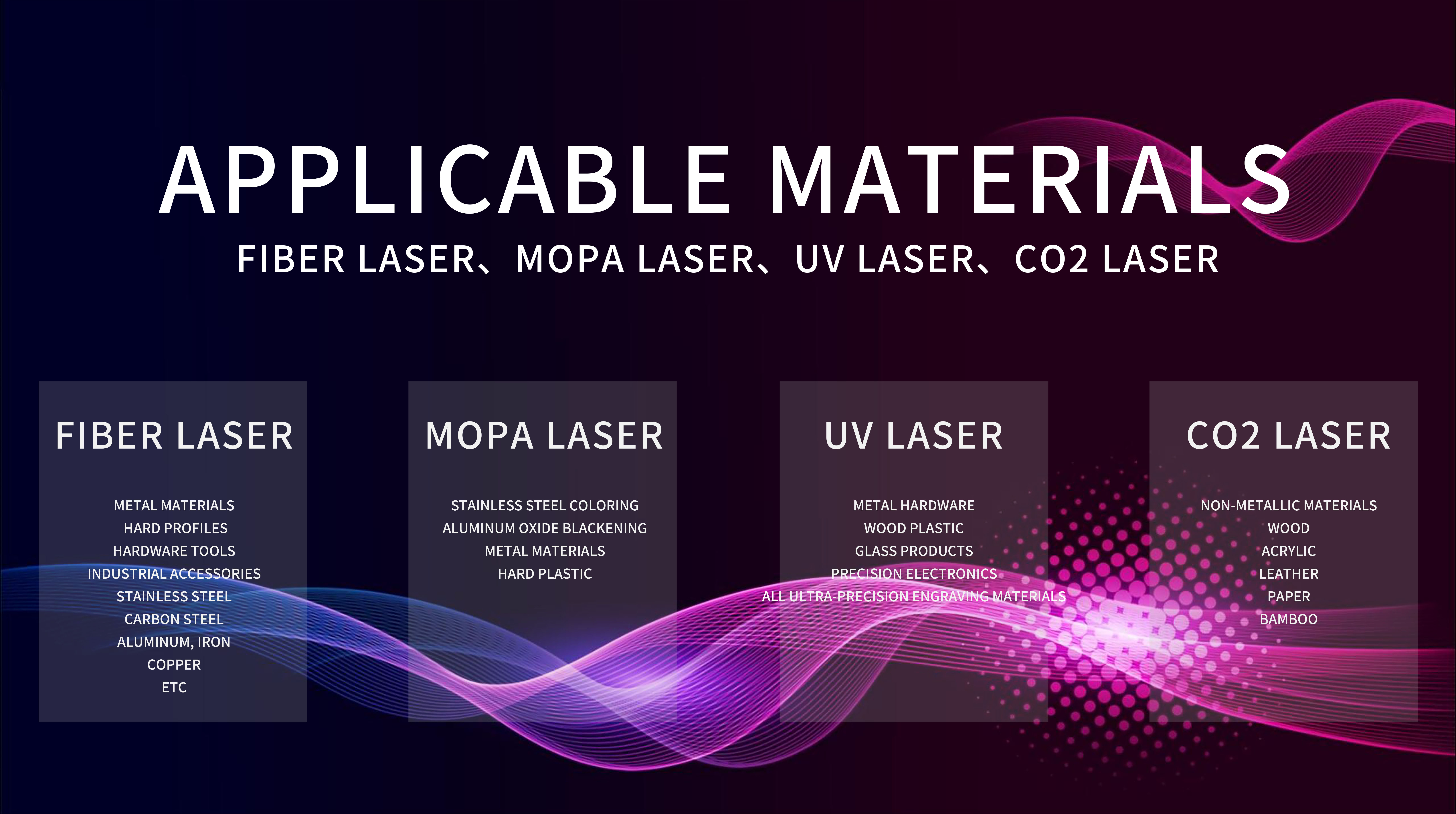
![]() Applicable Materials of Different Lasers
Applicable Materials of Different Lasers![]()
The concept of laser cleaning originated earlier overseas, and it can remove everything from thick rust layers to fine particles on the surface of objects. Since the 21st century, China has invested a lot of human and material resources to strengthen the research on laser cleaning technology. With the development of advanced laser technology, lasers have achieved leap-forward development in energy output, wavelength range, laser quality, and energy conversion efficiency.
The development of lasers also promotes the rapid growth of China’s laser cleaning technology. Laser cleaning technology has also become an indispensable cleaning part in high-end manufacturing fields such as ships, aerospace, and so on, including the removal of rubber dirt on the surface of tire molds, and the surface of gold film. Removal of contaminants and high-precision cleaning in the microelectronics industry.
Removing rust, paint, oil, and oxide layer on metal surfaces is the most common application of laser cleaning. Due to the differences in essential parameters such as wavelength and power of different lasers, different materials and stains have different requirements for laser wavelength and power. So different laser cleaning methods should be used according to the actual situation.
After numerous experiments and verification by the UW laser process research and development team, MOPA lasers and hybrid lasers are the most widely used lasers in the laser cleaning market, followed by a small proportion of carbon dioxide lasers, ultraviolet lasers, and continuous lasers.
MOPA Pulsed Laser Cleaning
Meet a Variety of Material Surface Cleaning
The resonator of a MOPA fiber laser system is itself a fiber, which is generally chosen for its appropriate wavelength. The low-power laser LD (laser Diode) can modulate the output parameters directly by the driving current. Then the signal light generated by the LD has coupled into the PA (Power Amplifier) power amplification system through the pigtail for signal light amplification.
The MOPA laser is one of the most widely used for laser cleaning. Since the MOPA fiber laser system can be amplified strictly in accordance with the seed signal source coupled into the system, it will not change the relevant characteristics of the laser, such as central wavelength, pulse waveform, and pulse width. Therefore, the parameter adjustment dimension is higher, the range is wider, the adaptability is stronger for different application scenarios of different materials, and the process interval is larger to meet the surface cleaning of various materials.

In addition, the MOPA laser has a high laser energy margin, which can be upgraded by improving the laser cleaning device, such as increasing the laser processing spot and cooperating with an intelligent system. Due to its excellent performance and flexible scene applicability, MOPA lasers are widely used in emerging industries such as new energy batteries.
|
Power Battery |
Lithium battery pole piece cleaning, pole column cleaning, liquid injection port cleaning, cover plate cleaning, blue film cleaning, etc.; |
|
Aerospace |
Cleaning of engine parts before and after welding; cleaning of launch vehicle storage tank before and after welding; paint removal and mold release of composite materials; aircraft skin removal; sealant removal; mold cleaning; |
|
Mold Products |
Tire molds, encapsulation molds, injection molds, seal ring molds, food molds, etc. to remove the carbon layer. |
|
Consumer Electronics |
Circuit board paint removal, wafer cleaning, mobile phone case paint removal, PVD coating fixture cleaning; |
|
Automotive Manufacturing |
Body pre-weld cleaning, wheel cleaning, paint removal from selected body areas, silent tire cleaning; |
|
Marine Vessels |
Cleaning before and after welding, paint and oil removal of parts and components; |
|
Bridge and Highway Maintenance |
Paint and rust removal for bridge structural parts; paint removal for highway guardrails; |
|
Rail |
Aluminum alloy body cleaning before welding and after welding; wheelset automatic cleaning, bogie cleaning, motor cleaning, etc; |
|
Petrochemical |
Offshore oil production platform coating removal; pipeline paint removal, rust removal, etc.; |
|
Food Industry |
Soy sauce fermentation tanks, metal baking trays, molds, etc.; |
|
Thermos |
Paint removal from the bottom and walls of thermoses. |
|
Others |
Metal oil filter and filter tube cleaning; stainless steel polishing; laser rust and oxide removal; |
Application of MOPA Laser in Laser Cleaning
Composite Laser Cleaning
The Best Choice for Paint Removal
Composite laser cleaning uses the continuous semiconductor laser as heat conduction output so that the attachment to be cleaned absorbs energy to generate gasification and plasma cloud and forms thermal expansion pressure between the metal material and the attachment, reducing the binding force between the two layers. When the laser outputs a high-energy pulsed laser beam, the vibration shock wave generated makes the attachments with a weak binding force directly detach from the metal surface, thereby realizing rapid laser cleaning.
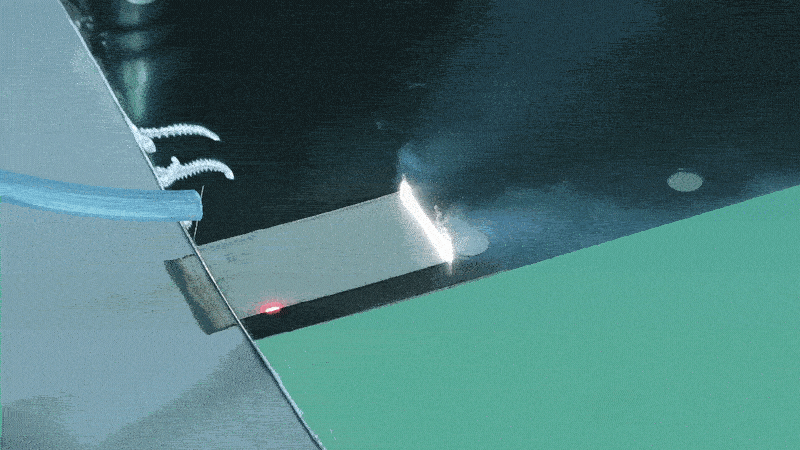
Removal of paint on power battery case (Source: UW Laser)
Composite laser cleaning combines continuous laser and pulsed laser functionally at the same time to form the processing characteristics of 1+1>2. Fast speed, high efficiency, and more uniform cleaning quality. For different materials, lasers with different wavelengths can be used to clean at the same time to achieve the purpose of removing stains.
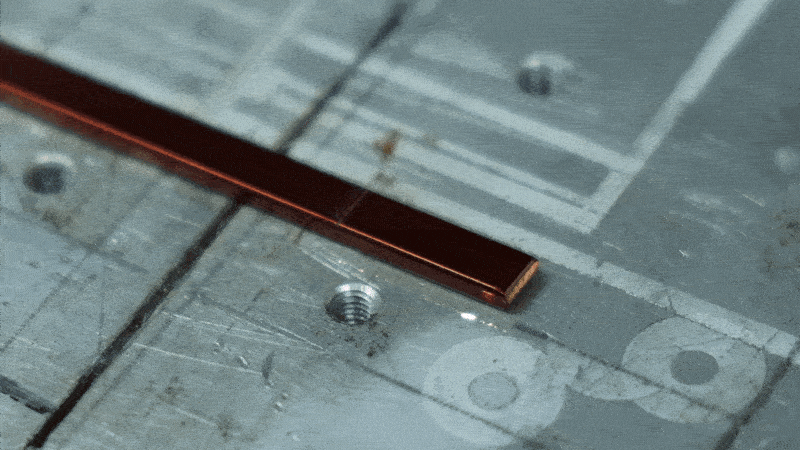
Paint removal for the hairpin motor (Source: UW Laser)
At present, composite laser cleaning is widely used in the fields of ships, auto repair, rubber molds, high-end machine tools, rails, and environmental protection.
For example, in the thicker coating material laser cleaning, a single laser multi-pulse energy output, high cost, the use of pulsed laser - semiconductor laser composite cleaning can quickly and effectively improve the quality of cleaning and does not cause damage to the substrate; in aluminum alloy and other highly reflective materials laser cleaning, a single laser reflectivity and other problems, the use of pulsed laser - semiconductor laser composite cleaning, in the role of semiconductor laser heat transfer, increase the metal surface oxide energy absorption rate, so that the pulse laser beam can be faster to strip the oxide layer, thus more effectively improve the removal efficiency by more than 2 times.
Carbon Dioxide Laser Cleaning
A great choice for removing non-metallic materials
The carbon dioxide laser is a gas laser with CO2 gas as the working substance, which is filled with CO2 gas and other auxiliary gases (helium and nitrogen and a small amount of hydrogen or xenon) and has good directionality monochromaticity, frequency, and stability. Since discharge tubes are usually made of glass or quartz materials, two common types of CO2 lasers include glass tube CO2 lasers and metal RF tube CO2 lasers.
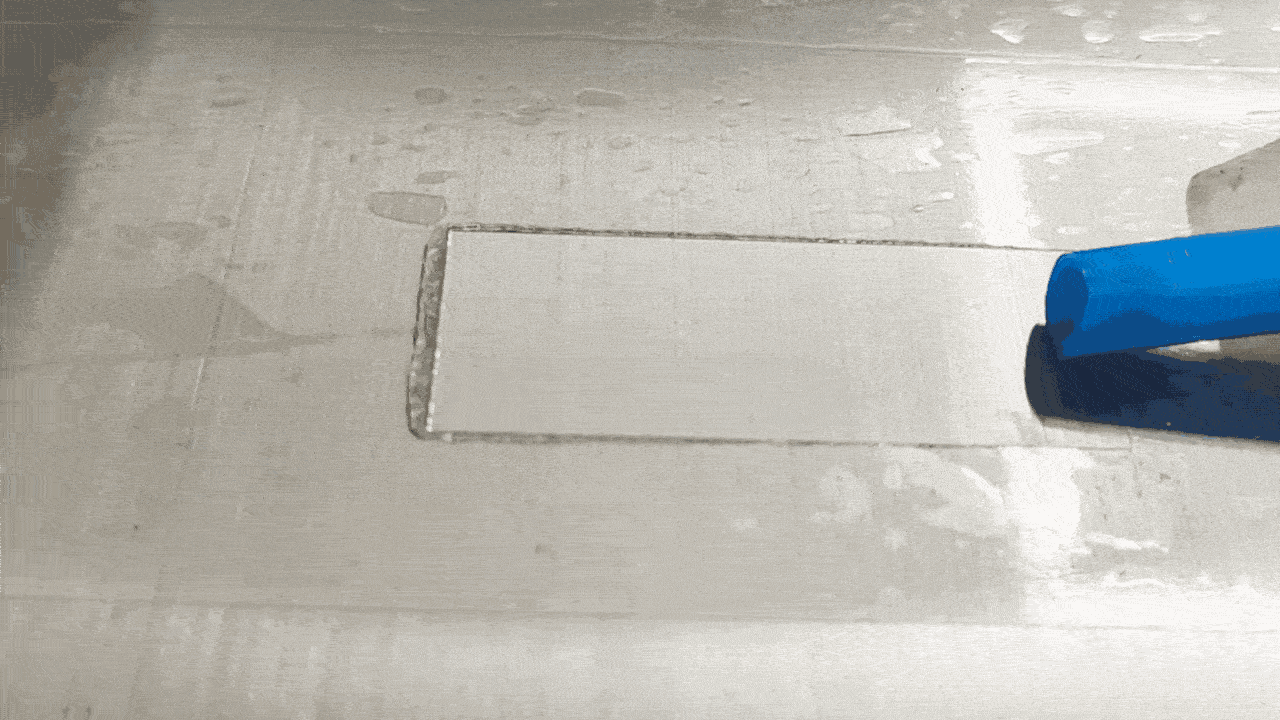
Glue removal (Source: UW Laser)
Based on its unique wavelength, CO2 lasers are the best choice for surface cleaning non-metallic materials such as glue removal, coating removal, and ink removal. For example, using CO2 lasers to remove the composite paint layer on the surface of aluminum alloy will neither damage the surface of the anodized film nor reduce its thickness. UW Laser has a wealth of laser cleaning solutions in PCB ink cleaning, glue cleaning of battery pole piece rollers, and soft pack tab sealing, which can provide customized needs for customers.
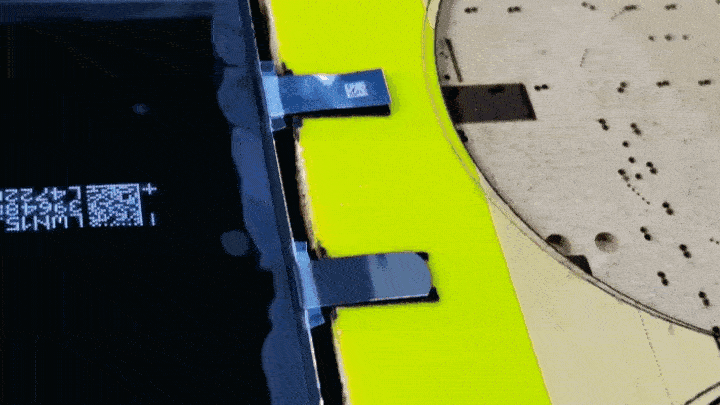
Soft-pack tab sealing and glue removal(Source: UW Laser)
UV Laser Cleaning
Applicable to Precision Devices
Ultraviolet lasers used for laser micromachining mainly include excimer lasers and all-solid-state lasers. Ultraviolet laser has short wavelength and high single-photon energy, which can directly break the chemical bonds connecting materials. The material is peeled off the surface in the form of gas or particles. The heat-affected zone generated during processing is small, which has unique advantages in micro-manufacturing, such as Semiconductor materials such as Si and GaN, optical crystals such as quartz and sapphire, and polymer materials such as polyimide (PI) and polycarbonate (PC) can effectively improve the manufacturing quality.
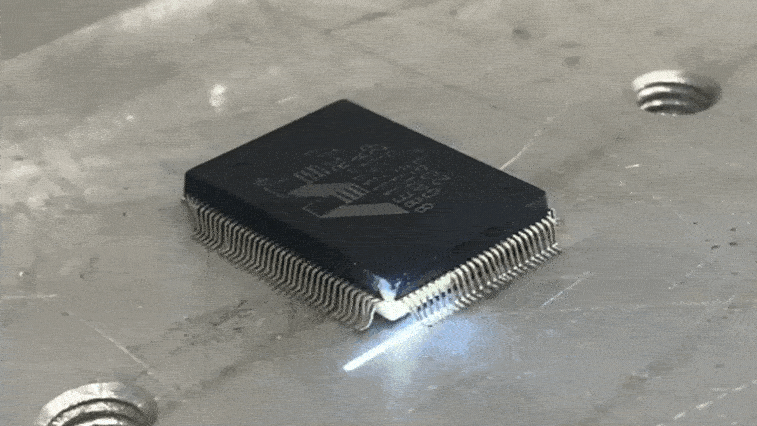
Chip pin cleaning (Source: UW Laser)
The UV laser is considered the best laser cleaning solution in precision electronics. Its most characteristic fine "cold" processing technology can micro-process and treat the surface without changing the object's physical properties, which can be widely used in communications, optics, etc., military, criminal investigation, medical and other industries and fields. For example, the 5G era has created market demand for FPC processing. The application of UV laser machines makes it possible to perform precise cold processing of materials such as FPCs.
Continuous Fiber Laser Cleaning
Remove Rust From Metal Surfaces
The working principle of the continuous fiber laser is that the pump light emitted by the pump source is coupled into the gain medium through a mirror. Since the gain medium is a rare earth element doped fiber, the pump light is absorbed, and the rare earth ions that absorb the photon energy generate energy. level transition and realize particle number inversion. The inverted particles pass through the resonator, transition from the excited state back to the ground state, release energy, and form a stable laser output. The biggest advantage is that it can continuously emit light.
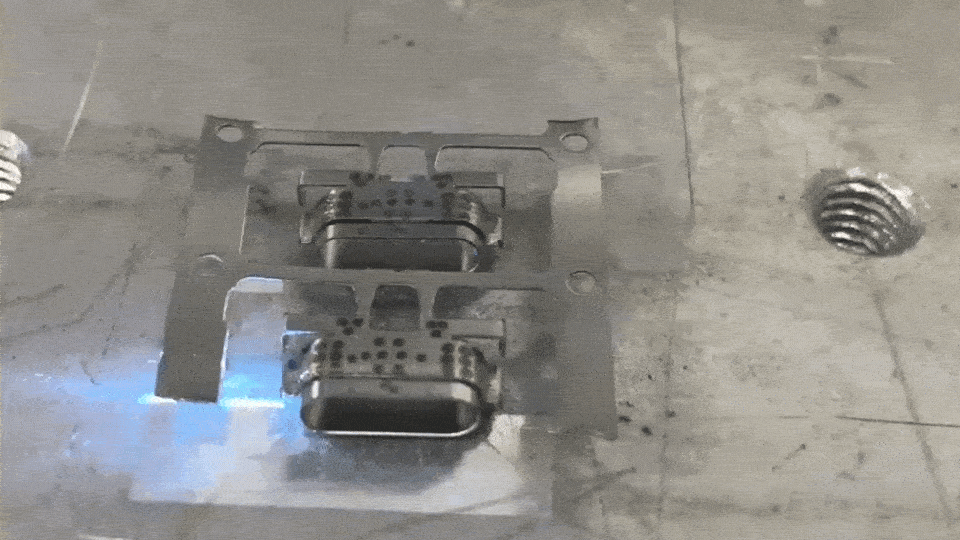
Post-weld cleaning (Source: UW Laser)
In actual laser cleaning applications, continuous fiber lasers are rarely used, but there are also a small number of applications, such as some large steel structures, pipes, etc.; Due to the large volume and fast heat dissipation, the requirements for substrate damage are not high, then continuous lasers can be selected.
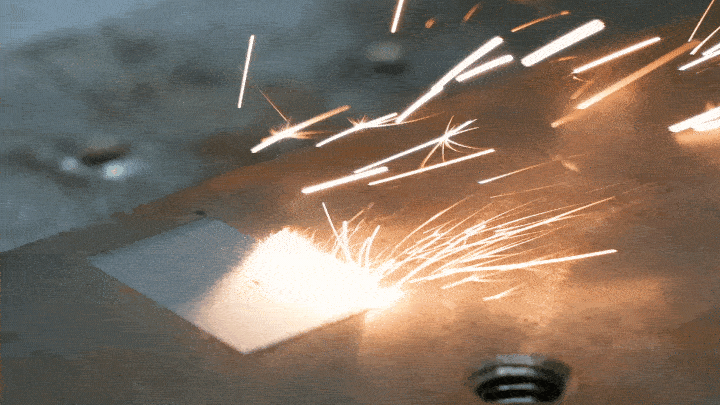
Rust removal (Source: UW Laser)
It is worth mentioning that with the breakthrough and stability of the ring spot technology, the ring fiber laser with the advantages of convenient process adjustment and simple operation has been widely used in the fields of welding and cleaning. This technology is used to remove floating rust, which can greatly improve the cleaning efficiency.
Green intelligent manufacturing is the general trend. With the advancement of technology and the improvement of environmental protection requirements, laser cleaning will join the iteration process of China's manufacturing industry more deeply and comprehensively and become the main cleaning method for cleaner production in the industry. UW Laser adheres to the concept of "win together and intelligently build the future, and has a wealth of laser equipment solutions for welding and cleaning needs of all walks of life!